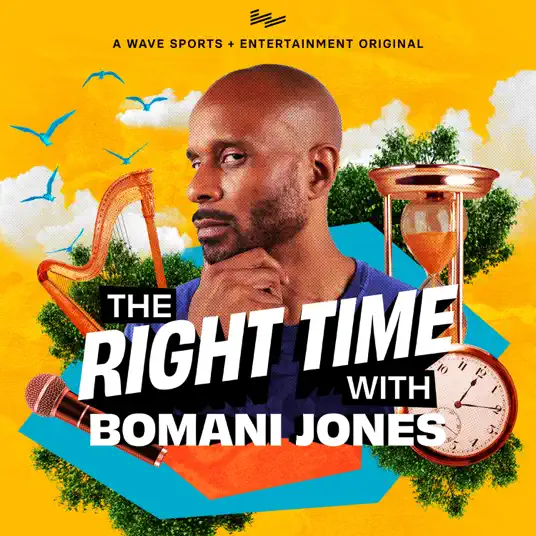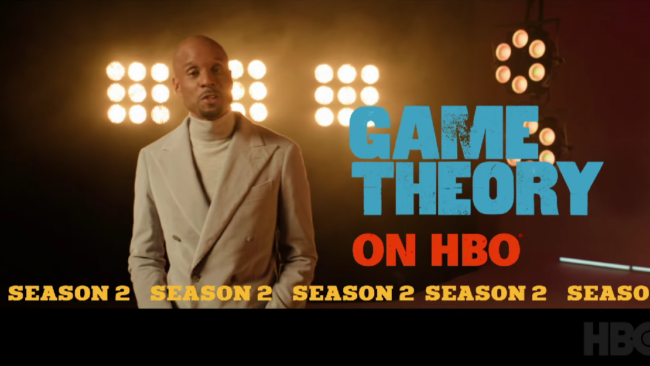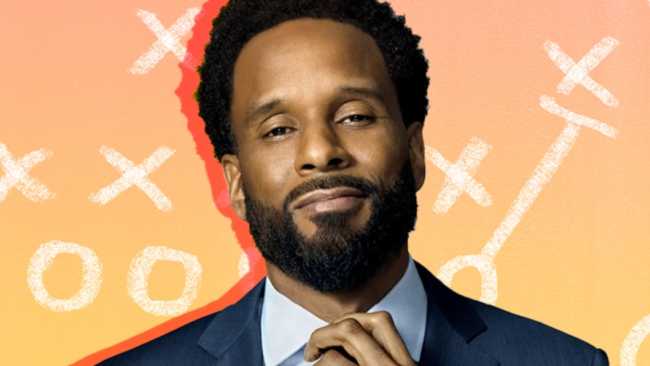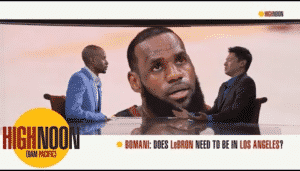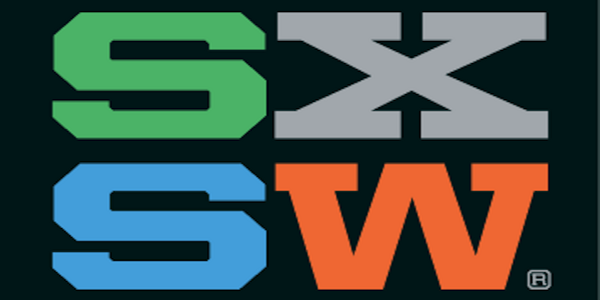
We announced SXSW at a BMI seminar held at the Hyatt in October of 1986. Immediately, we were surprised by all the pledges of support we received. We’d anticipated that it might be difficult to sell the concept of inviting a bunch of out-of-town bands to play to the local community, but everyone seemed to get behind the idea.
– Roland Swenson on planning the first SXSW
Whether you’re an indie rock band, high school basketball prodigy, or indie music festival, you go through The Process. When you first start out, you build a following amongst the real heads/backpackers. You represent the true creativity and authenticity in a cookie cutter world. As the underground buzz builds, The Mainstream begins taking notice. Then studying the nuances of the craft in low-fi backwoods cabins gets replaced by popping champagne bottles in the club and diamond necklaces. And before you know it, you realize you sold out. It happens to everyone.
When did SXSW change? Was it when Hanson got signed after a performance in 1994? Or when Time Magazine called Flaming Lips 2006 secret show performance a Top 10 Music Festival Moment, which put “secret shows” on the cultural map? Or when Mark Zuckerberg gave a keynote speech for SXSW Interactive? Or was it in 2011, when registration hit a then record 20,000 festival goers? When was the moment when SXSW took off its tattered Big Star t-shirt, only to reveal a nWo wife beater underneath?
What Now?
I did everything for the charities. I did everything for the kids. And the reception I got when I came out here – you can stick it, brother. Because if it wasn’t for Hulk Hogan you people wouldn’t be here…and if it wasn’t for Hulk Hogan, all these Johnny Come Lately’s that you see out here in wrestling wouldn’t be here. I was selling out the world, brother…
– Hulk Hogan on joining the nWo
Modern SXSW is the indie music, film, and technology version of MTV Spring Break (and Spring Breakers). To evoke fellow Austin stalwart Dazed and Confused, people go to Austin for beer and music – but the music ends at midnight. Except the Lone Stars of 1987 got replaced by PBR, which got replaced by Vitamin Water, wrist bands, and secret invites.
Especially in recent years, when attendances hit five and six figures, SXSW has been playing a cat and mouse game with what made it cool in the first place. This year, on the night of March 12th, a drunk driver killed three people and injured more than 20 outside an Austin bar. That’s not supposed to happen in the safety of sponsors and corporate tents. It was a rare glitch in the Matrix, a reminder that even during the greatest week of your life, real consequences exist.
The next day, Tyler the Creator performed a show in which he would later be arrested for inciting a riot (he was to perform at a bar the night of the tragedy). But getting arrested for inciting riots was supposed to happen back in the first SXSW, when organizers planned for 150 participants and 700 showed up from all over the U.S. Now, under the guise of Samsung selfies and Instagrammed album releases, these real life events become, whether intentionally or not, part of the marketing. And there’s no better marketing than real life (as long it doesn’t result in serious jail time).
SXSW represents this modern day, marketing duality – it has the edgy elements of cool in live music from underground bands, film premieres, and the next great thing in iPhone apps. It also has the safety and standards that comes with corporate sponsorship. Except people aren’t supposed to get hurt in cultural Narnia. But then again, in 2014, going to SXSW isn’t about the live music or the parties – it’s about Instagramming and tweeting from the live music and parties at SXSW. And with Google Glass meetups and discussions on the future of internet privacy, maybe SXSW never sold out – it just moved along with the times.

